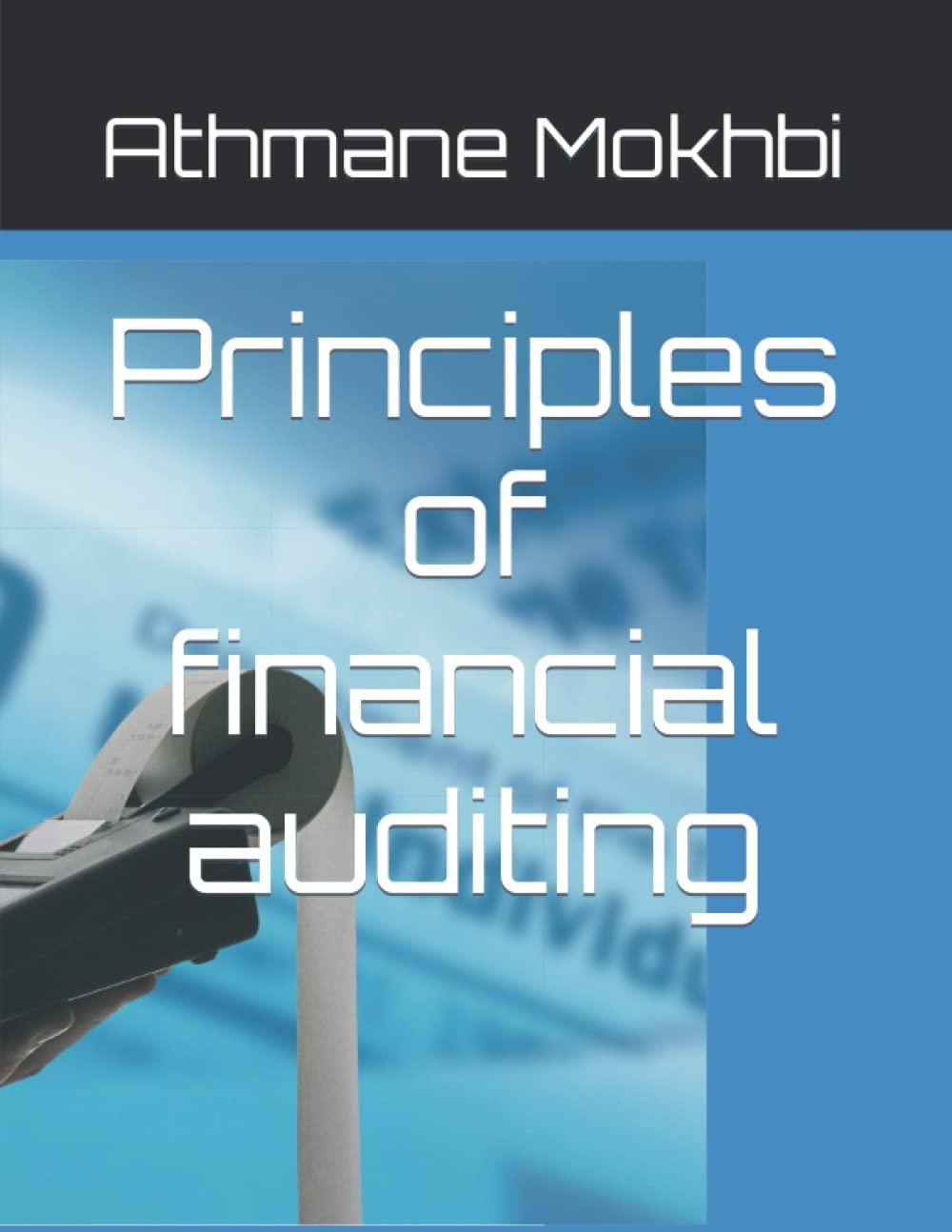Question
The following investments are available to you: (a) a taxable bond with a coupon rate of 5% per year; (b) a tax-exempt bond with a
The following investments are available to you: (a) a taxable bond with a coupon rate of 5% per year; (b) a tax-exempt bond with a coupon rate of 3% per year; and (c) preferred stock that pays a 5% annual dividend. All three investments are currently selling at their face (par) values, so their pre-tax yields are equal their stated coupon (dividend) rates. Furthermore, asset values will not change over time. You can hold each of these assets in any of three savings vehicles: (a) held directly; (b) a non- deductible IRA; or (c) a Roth IRA. Recall that all distributions in excess of your investment in a non-deductible IRA are taxed at ordinary income rates, and all distributions from a Roth IRA are tax-exempt. Required: a. Assuming a 10-year holding period, compute the after-tax annualized rate of return (r) for each combination of investment and savings vehicle shown in the following table. Assume that dividends earned in a taxable account are taxed at 15%, and ordinary income is taxed at 35%. Also, for sake of simplicity, assume that all earnings are reinvested in the same asset.
Savings Vehicles Investment Held Directly Non-Deductible IRA Roth IRA
Taxable Bond
Tax-Exempt Bond
Preferred Stock b. For investments in taxable bonds, explain the rank ordering of r for each savings vehicle in terms of the relevant tax planning forces. Which savings vehicle is best and why? c. For investments in tax-exempt bonds, explain the rank ordering of r for each savings vehicle in terms of the relevant tax planning forces. Which savings vehicle is best and why? d. For investments in preferred stocks, explain the rank ordering of r for each savings vehicle in terms of the relevant tax planning forces. Which savings vehicle is best and why? e. Suppose that you have $11,000 to invest this year. You wish to hold a diversified portfolio of 50% bonds and 50% preferred stocks. Tax rules limit total contributions to all your IRA accounts to $5,500 per year. Which investments would you purchase and in which savings vehicles would you hold these investments? How much after-tax cash accumulation (F) would this strategy generate at the end of your 10-year investment horizon?
Step by Step Solution
There are 3 Steps involved in it
Step: 1

Get Instant Access to Expert-Tailored Solutions
See step-by-step solutions with expert insights and AI powered tools for academic success
Step: 2

Step: 3

Ace Your Homework with AI
Get the answers you need in no time with our AI-driven, step-by-step assistance
Get Started


